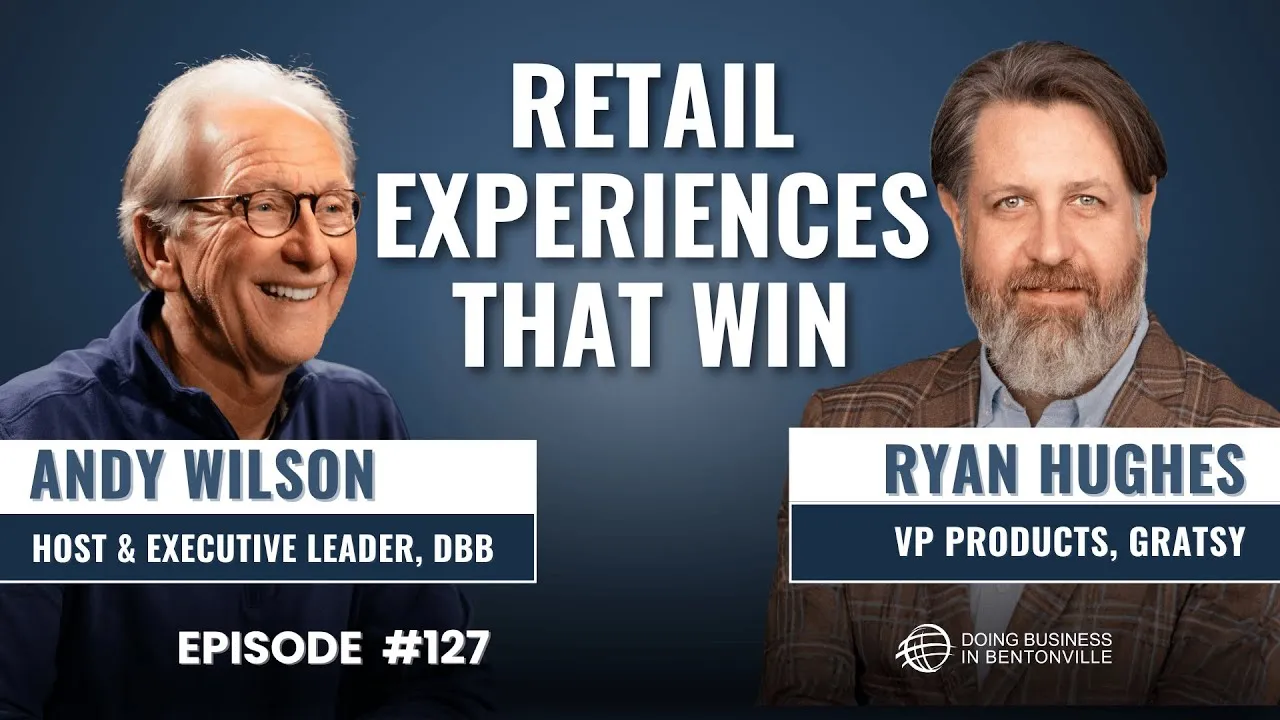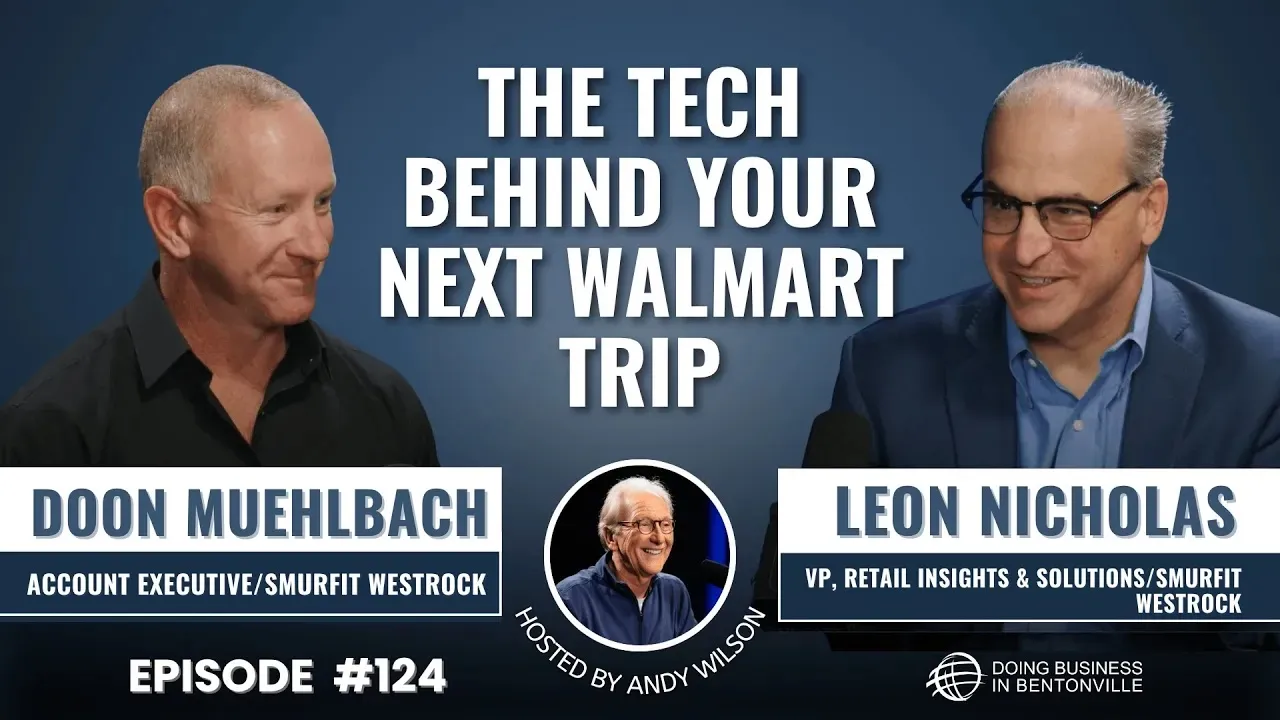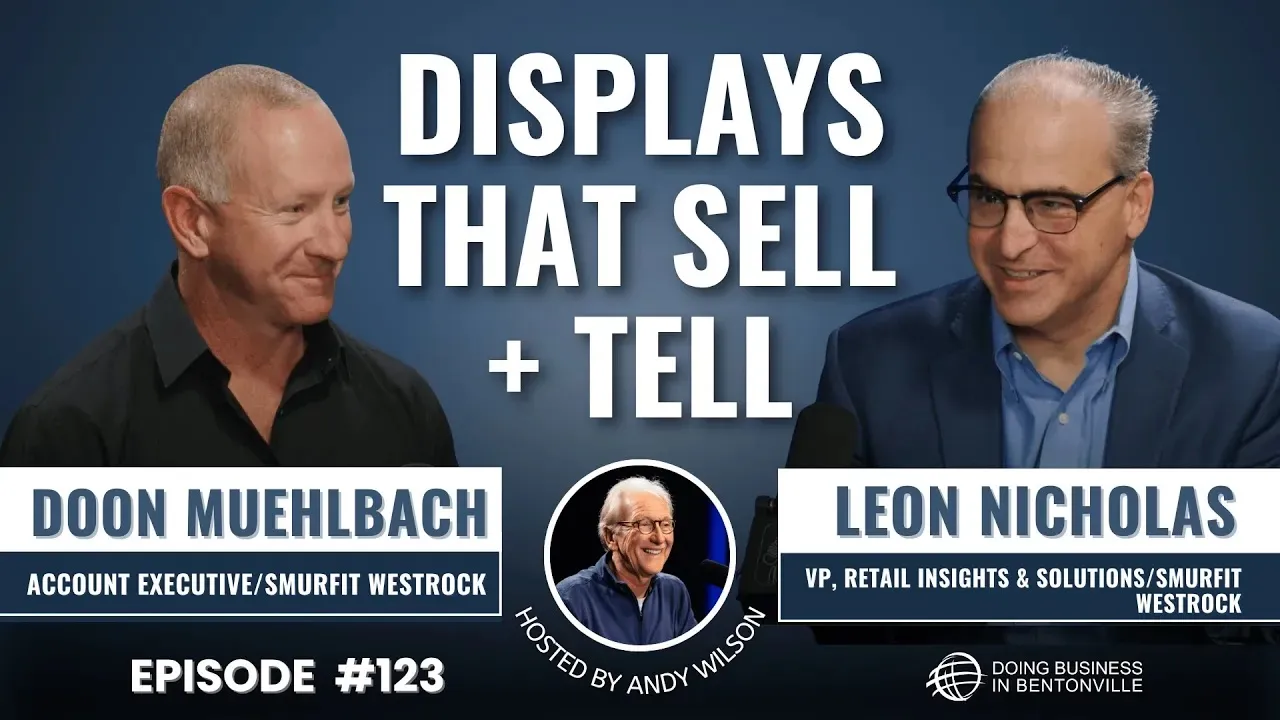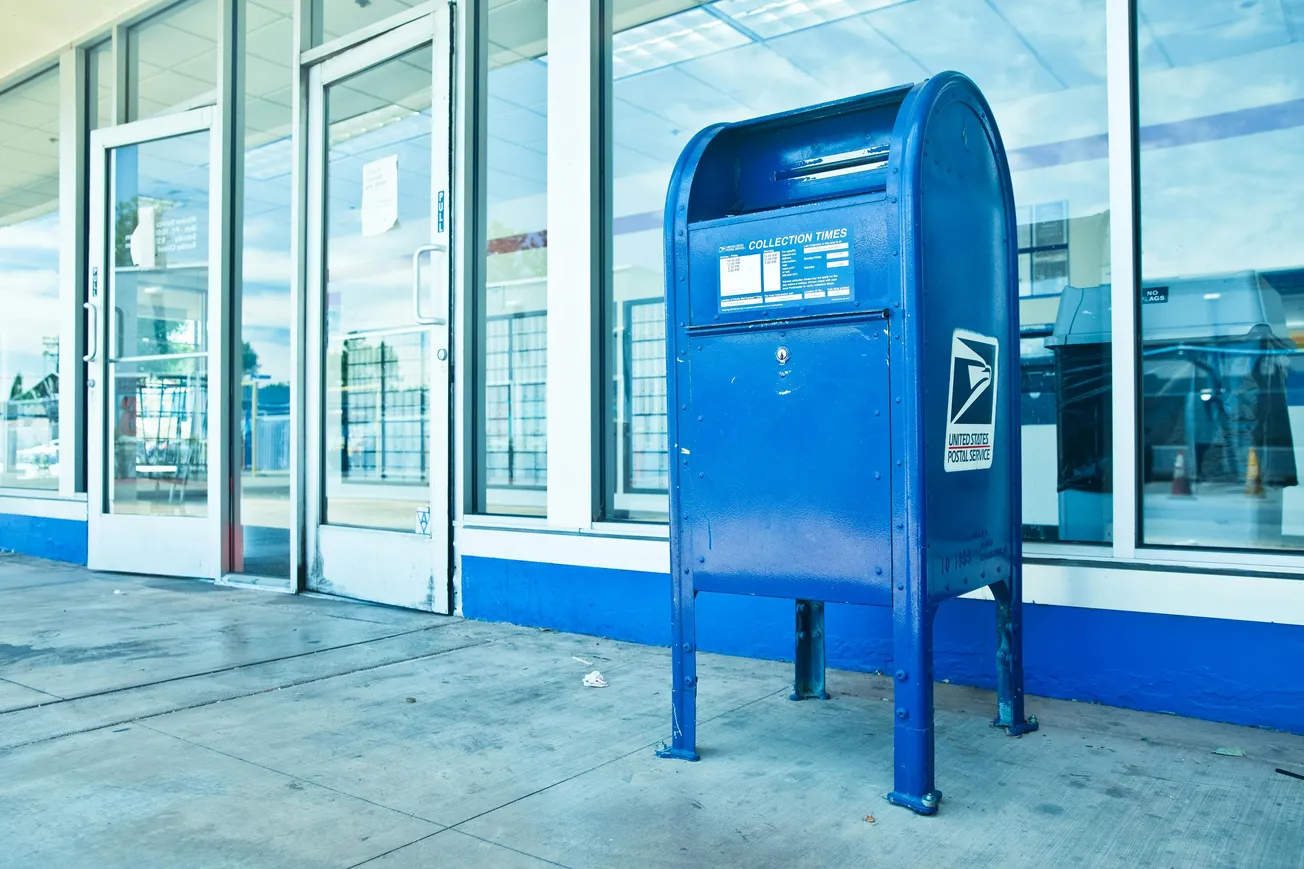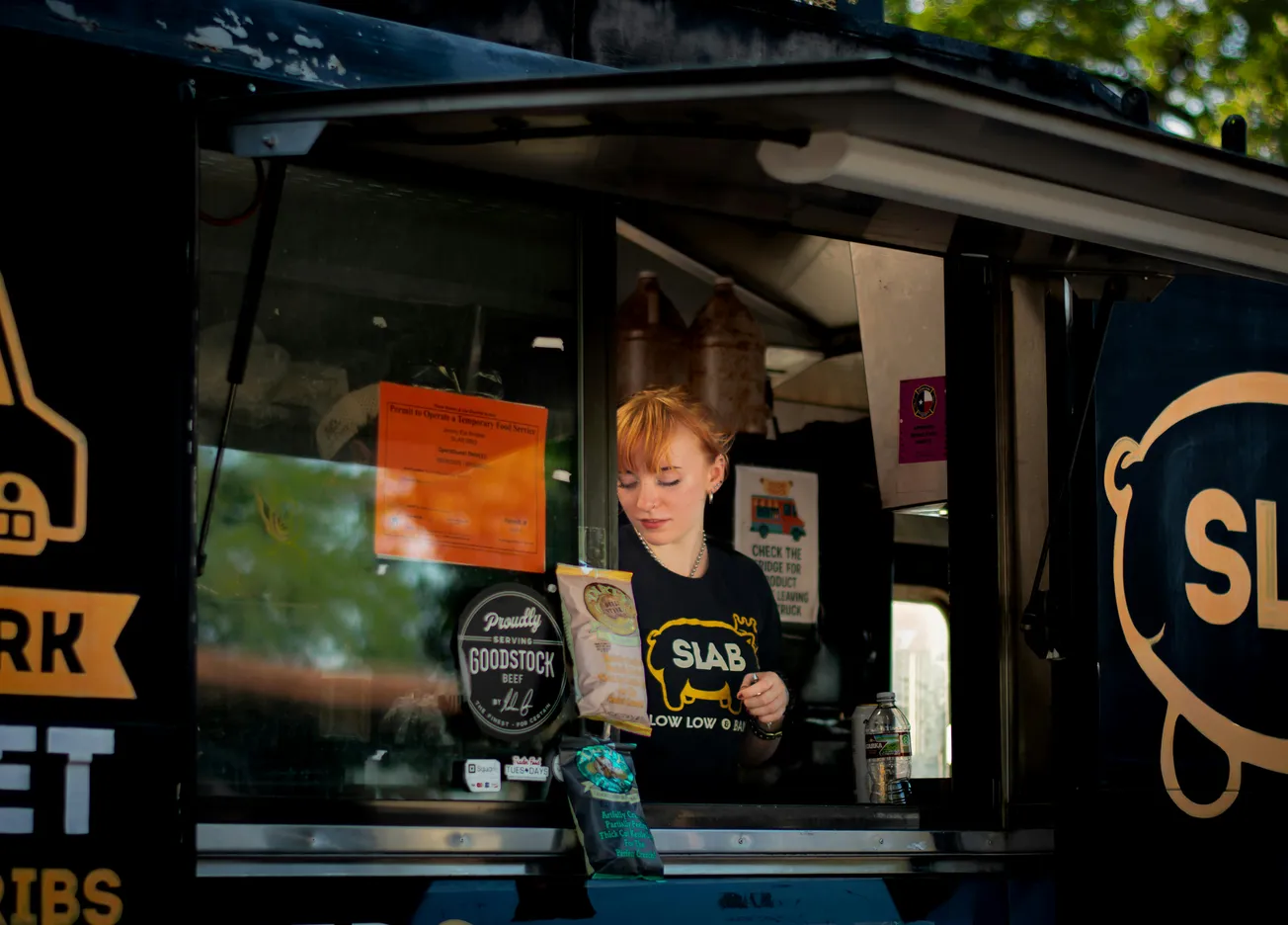Retail becomes unforgettable when it feels like culture, not just commerce. We sit down with Ryan Hughes of Gratsy to unpack how curated experiences—at home, in the community, and online with creators—turn casual shoppers into true fans. From precision-packed sampling kits to full-blown store takeovers, Ryan shows how a clear objective, smart logistics, and authentic storytelling can move people to try, buy, and share.
You’ll hear the behind-the-scenes of a standout activation with Walmart Connect and ESPN, where a lease space just past the registers morphed into a SportsCenter set, a mini sports museum, and a fan meet-and-greet hub. We talk through how that format makes “store as media” real, even when the product isn’t on the shelf, and how moments of pride and play can influence a whole basket. Ryan also breaks down creator strategy: choosing niche experts when precision matters, partnering with big names when reach counts, and always aligning talent to either awareness or action so the content doesn’t feel forced.
We dig into the culture that powers it all—accountability, creativity, and honest postmortems—plus the grit it takes to keep events calm on the surface when chaos strikes beneath. The “Bunpocalypse” scramble, the Old El Paso x Takis temperature-extremes stunt from Death Valley to America’s coldest spot, and the complexities of food-and-beverage sampling inside Walmart lease spaces all reveal what it means to scale bespoke experiences without losing freshness. If you care about experiential marketing, retail media, creator partnerships, and the operational muscle that makes big ideas sing, this conversation is your blueprint for building moments people remember and measure.
Enjoy the episode? Follow the show, share it with a teammate, and leave a quick review so more builders can find it.
More About this Episode
Experiential Marketing That Moves People: How Curated Product Experiences Are Transforming Modern Retail
The retail economy is undergoing one of the most transformative eras in its history. The rise of omnichannel shopping, the continuous blending of digital and physical environments, the explosion of creator talent, and the rapid pace of cultural change have forced brands to rethink how they connect with customers. For many organizations, the challenge is straightforward yet complex. How do you create meaningful engagement in a world with more choice, more noise, and more competition for attention than ever before?
This is where experiential marketing has emerged as a strategic advantage. Not the traditional version built on booths, banners, and small giveaways, but a version rooted in curated product experiences, community engagement, authentic storytelling, and precise audience targeting. The companies succeeding in this space understand that the most memorable brand moments happen when a product experience is delivered with intention, creativity, and cultural relevance.
Why Curated Product Experiences Are Winning Across Retail
The foundation of strong experiential marketing lies in meeting consumers where they are. That begins in the home, extends into the community, and continues through digital environments. Brands that understand these touchpoints gain a significant advantage in customer loyalty and long term brand value.
The first major shift is the rise of direct to consumer sampling. Instead of generalized mass market sampling campaigns, precision packed and hyper targeted sampling programs deliver products directly to households with a curated experience that families can enjoy together. This approach does more than put a product in someone’s hand. It creates an authentic environment for trial and generates real consumer feedback that brands can use to optimize future strategy.
The second shift is the reinvention of community based experiences. Today’s consumers crave connection and novelty. They value moments that feel one of a kind. This is why experiential events such as cranberry bog activations outside Walmart stores or beach side sunscreen sampling at Santa Monica Pier resonate. These are not passive encounters. They are immersive, visual, shareable moments that blend creativity with relevance. Families remember them. Social media remembers them. Communities talk about them long after the experience ends.
The third pillar is digital engagement through creators and talent. Whether working with small niche influencers or high profile names like Snoop Dogg or Betty White, the objective remains the same. Brands need authentic voices who can translate a message to their specific audiences with credibility. Creator work is no longer simply an add on to a marketing plan. It is a strategic channel that complements in home and community based experiences, turning reach into relationship.
Omnichannel Engagement Has Become the New Standard
Modern marketing success lives in the intersection of physical and digital behavior. Consumers move fluidly between researching online, shopping in store, ordering for pickup, and discovering new products through content. Brands that excel are the ones that remove the friction between these touchpoints and provide seamless integration across channels.
Retail media networks have accelerated this movement. Partnerships like Walmart Connect and ESPN demonstrate how brands can bring media, content, and retail together to engage customers in a fresh way. A recent project in Fayetteville showcased the power of this strategy. A Walmart lease space was transformed into an immersive environment that blended sports history, live radio broadcasting, talent appearances, and interactive displays. It offered fans the chance to experience ESPN in a way that felt relevant inside a retail environment, even though the product itself was not being sold at Walmart.
The lesson is significant. Omnichannel engagement is not limited to digital integration. It includes physical spaces, experiential formats, creator voices, and community participation. When done well, it enhances customer experience, strengthens brand perception, and creates measurable value for both retailers and suppliers.
The Talent Equation: How Strategy and Adaptation Drive Success
Behind every large-scale activation, there is a considerable amount of coordination and strategic alignment. Working with celebrities, athletes, and creators requires careful planning, thoughtful understanding of audience demographics, and a clear sense of how talent supports the overall objective.
What makes this work effective is not a one size fits all strategy. It is the commitment to adaptation. Consumer behavior changes at a pace that traditional marketing plans cannot always predict. Shopping patterns that were dominant five years ago are almost unrecognizable today. Retail formats evolve quickly, AI is reshaping customer expectations, and cultural relevance can shift overnight.
For experiential marketing teams, adaptation is the strategy. They must stay nimble, anticipate change, and build programs that reflect the way people currently consume content and engage with brands. This requires subject matter experts across creative disciplines, digital strategy, talent management, event production, and community engagement.
Culture as the Engine of Experiential Innovation
Creative work at this scale only succeeds when the internal culture supports accountability, authenticity, and collaboration. These values are essential because the work is unpredictable by nature. Experiences are bespoke, clients range from startups to global brands, and every environment presents new challenges.
One of the most important cultural practices is celebrating both wins and losses. After every project, teams evaluate what worked, what did not, and what can be improved. This commitment to continuous evolution ensures that each new activation benefits from the lessons learned in previous ones.
Authenticity also plays a central role. Experiential marketing requires trust. When teams propose bold concepts such as sampling tacos in subzero temperatures or bringing cranberry bogs to retail parking lots, clients need to believe in the creative vision and in the team’s ability to execute. This trust is earned through accountability, transparency, and proven performance.
Risk, Innovation, and the Stories Brands Remember
Some of the most memorable experiential campaigns begin with a risk. Whether it is hiking to the coldest place in America with a tent full of taco meat or setting up a sampling experience in Death Valley heat, bold ideas stand out in a crowded marketplace. They also build a brand identity that consumers recognize immediately.
Risk taking is not reckless. It requires strategic planning, client alignment, and operational discipline, but bold ideas often drive the most powerful results because they create stories that capture attention. People remember unusual moments. They talk about them. They share them. They identify with brands that are willing to think differently.
Pivoting When the Unexpected Happens
Every live event contains variables. Weather changes. Stakeholders shift requirements. Supply chain issues appear without warning. Success depends on the ability to pivot in real time without compromising the consumer experience.
One example involved a major grilling activation in Texas. Two days before launch, a large shipment of branded hamburger buns failed to arrive. The team immediately mobilized across multiple states, purchasing every available package of the required product, transporting them overnight, and delivering them in time for the event. The public never knew. The brand never felt the disruption. The experience unfolded as planned.
This story illustrates what operational excellence means in experiential marketing. Smooth on the surface, fast moving underneath, always ensuring that the customer experience remains seamless. This is the level of commitment that builds client loyalty and long term partnerships.
Scaling Through Expertise Without Sacrificing Creativity
Growth brings new opportunities, but it also requires structure. As experiential agencies scale to serve larger brands such as Clorox and other national suppliers, the challenge becomes creating systems that support repeatable excellence without limiting creativity.
The key is preserving the bespoke nature of each activation. Experiences must remain fresh, unique, and aligned with both brand goals and audience expectations. Scaling is not about standardizing experiences. It is about optimizing internal processes so that creative talent and subject matter experts can focus their energy on innovation rather than administrative tasks.
This balance is essential to delivering high quality, white glove service across multiple markets and multiple retail environments while still ensuring that every activation feels distinct.
The Future of Experiential Marketing in Retail
As retail continues to evolve, experiential marketing will play an even greater role in how brands attract, engage, and retain customers. Omnichannel shopping will continue to expand. Retail media networks will influence both digital behavior and in store engagement. Creator talent will become increasingly important in connecting with niche audiences, and curated product experiences will remain one of the most powerful ways to build authentic relationships with consumers.
The question for every brand is simple. What are you doing to make your customer engagement memorable, measurable, and meaningful? How are you integrating fun, discovery, and community into the way people experience your products? Brands that answer these questions with creativity and confidence will lead the next era of retail.


